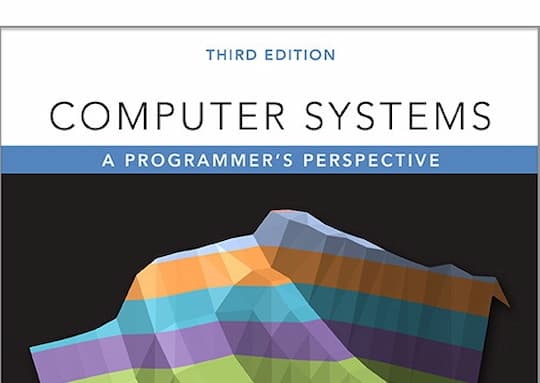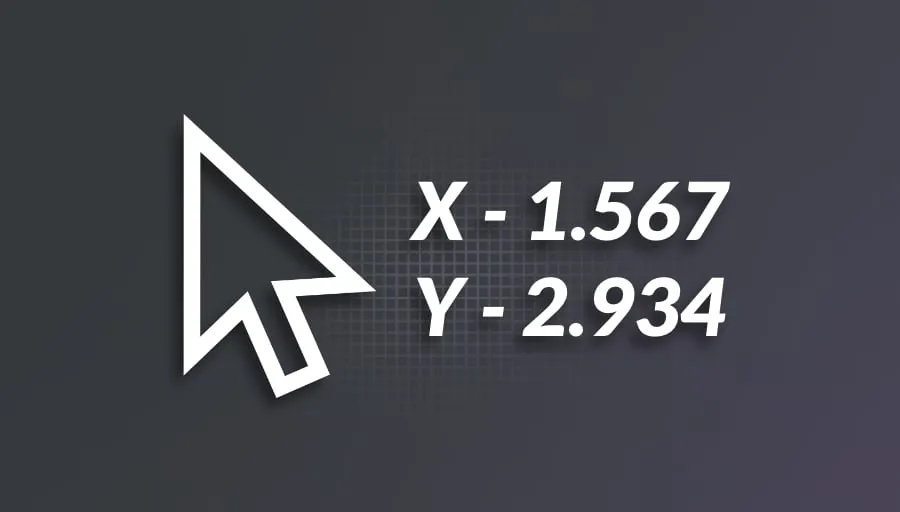本文合作者:laybxc
赛事信息
A. Alexey and Train
题目
题目描述 从时间0开始出发,要依次经过在一条直线上的 n n n i i i a i , b i , t i a_i,b_i,t_i a i , b i , t i i − 1 i-1 i − 1 a i − b i − 1 + t i a_i-b_{i-1}+t_i a i − b i − 1 + t i i i i i i i i i i ⌈ b i − a i 2 ⌉ ⌈\frac {b_i-a_i} 2⌉ ⌈ 2 b i − a i ⌉ b i b_i b i
输入格式
第一行包括一个整数 t ( 1 ≤ t ≤ 100 ) t(1≤t≤100) t ( 1 ≤ t ≤ 1 0 0 )
每组数据的第一行包括一个整数 n n n
接下来 n n n a i , b i ( 1 ≤ a i < b i ≤ 1 0 6 ) a_i , b_i(1≤ai<bi≤10^6) a i , b i ( 1 ≤ a i < b i ≤ 1 0 6 ) b i < a i + 1 b_i<a_{i+1} b i < a i + 1
接下来一行包括 n n n t 1 , t 2 , . . . , t n ( 0 ≤ t i ≤ 1 0 6 ) t_1,t_2,...,t_n(0≤t_i≤10^6) t 1 , t 2 , . . . , t n ( 0 ≤ t i ≤ 1 0 6 )
输出格式
对于每组数据,输出到达最后一个车站的时间 。
输入输出样例
输入
1 2 3 4 5 6 7 8 9 10 11 12 2 2 2 4 10 12 0 2 5 1 4 7 8 9 10 13 15 19 20 1 2 3 4 5
输出
解决方案
思路:
本题难点在读题环节,把题目理解清楚之后,按照题意来直接模拟即可。
代码:
1 2 3 4 5 6 7 8 9 10 11 12 13 14 15 16 17 18 19 20 21 22 23 24 25 26 27 28 29 30 31 32 33 34 35 36 37 38 #include <iostream> #include <cstdio> #include <algorithm> #include <cstring> using namespace std ;const int N=150 ;int n,T;int a[N],b[N],t[N],x[N];int main () ios::sync_with_stdio(0 ); cin >>T; while (T--) { cin >>n; int tim=0 ; memset (a,0 ,sizeof (a)); memset (b,0 ,sizeof (b)); memset (t,0 ,sizeof (t)); for (int i=1 ;i<=n;i++) { cin >>a[i]>>b[i]; } for (int i=1 ;i<=n;i++) { cin >>t[i]; } for (int i=1 ;i<=n;i++) { x[i]=a[i]-b[i-1 ]+t[i]; tim+=x[i]; int now=max(tim+(b[i]-a[i]+1 )/2 ,b[i]); if (i!=n)tim+=now-tim; } cout <<tim<<endl ; } return 0 ; }
B. Napoleon Cake
题目
题目描述
给你 n n n i i i a i a_i a i
输入数据
第一行一个整数 t t t
每组测试数据的第一行是一个整数 n n n
接下来一行是 n n n a i a_i a i
输出数据
每组数据输出 n n n i i i 0表示没有,1表示有。
输入输出样例
输入
1 2 3 4 5 6 7 3 6 0 3 0 0 1 3 10 0 0 0 1 0 5 0 0 0 2 3 0 0 0
输出
1 2 3 1 1 0 1 1 1 0 1 1 1 1 1 0 0 1 1 0 0 0
解决方案
思路
直接模拟,从后往前考虑涂奶油的区间即可。
考虑区间处理,注意到 我们只关心奶油有没有,不关心有多少。根据题意考虑区间修改,并且题目背景是离线的,因此不需要使用线段树来维护,使用前缀和与差分的技巧即可。
代码(差分做法):
1 2 3 4 5 6 7 8 9 10 11 12 13 14 15 16 17 18 19 20 21 22 23 24 25 26 27 28 29 30 31 32 33 34 35 36 37 38 39 #include <iostream> #include <cstdio> #include <cstring> using namespace std ;const int N=2e5 +20 ;int n,t;int a[N],b[N],ans[N],p[N];int main () ios::sync_with_stdio(0 ); cin >>t; while (t--) { cin >>n; memset (b,0 ,sizeof (b)); for (int i=1 ;i<=n;i++) { cin >>a[i]; if (a[i]) { b[max(1 ,i-a[i]+1 )]+=1 ; b[i+1 ]-=1 ; } } ans[0 ]=0 ; for (int i=1 ;i<=n;i++) { ans[i]=ans[i-1 ]+b[i]; } for (int i=1 ;i<=n;i++) { if (ans[i]>0 )cout <<"1 " ; else cout <<"0 " ; } cout <<endl ; } return 0 ; }
代码(直接模拟)
1 2 3 4 5 6 7 8 9 10 11 12 13 14 15 16 17 18 19 20 21 22 23 24 25 26 27 28 29 30 31 32 33 34 35 36 37 38 39 40 41 42 #include <iostream> #include <cstdio> #include <cstring> using namespace std ;const int maxn = 200500 ;int t, n;int a[maxn];bool vis[maxn];int main () scanf ("%d" , &t); while (t--) { scanf ("%d" , &n); memset (vis, 0 , sizeof (vis)); for (int i=1 ; i<=n; i++) { scanf ("%d" , &a[i]); } for (int i=n; i>=1 ; i--) { int j = max(1 , i - a[i] + 1 ); if (!vis[j]) { while (j <= i) { if (vis[j]) break ; vis[j] = true ; j++; } } } for (int i=1 ; i<=n; i++) { printf ("%d " , vis[i]); } puts ("" ); } return 0 ; }
C. Going Home
题目
题目描述
给你一个整数序列,问你能不能找到下标不同的4个数使得 a x + a y = a z + a w a_x+a_y=a_z+a_w a x + a y = a z + a w
输入格式
第一行包括一个整数 n n n
第二行包括 n n n a 1 , a 2 , . . . , a n a_1,a_2,...,a_n a 1 , a 2 , . . . , a n
输出格式
如果能找到输出YES,否则输出NO
如果能找到,在第二行输出任意一组符合条件的 x , y , z , w x,y,z,w x , y , z , w
输入输出样例
输入 #1
输出 #1
输入 #2
输出 #2
解决方案
思路
最先想到的一定是去直接枚举 x , y , z , w x,y,z,w x , y , z , w O ( n 3 ) O(n^3) O ( n 3 )
一种简单的优化就是枚举序列中的 ( i , j ) ( i , j ) ( i , j ) s u m = a i + a j su m=a_i+a_j s u m = a i + a j O ( n 2 ) O(n^2) O ( n 2 )
但是实际上枚举的复杂度不是 O ( n 2 ) O(n^2) O ( n 2 ) 1 ≤ a [ i ] ≤ 2.5 e 6 1 ≤ a [i] ≤ 2.5e6 1 ≤ a [ i ] ≤ 2 . 5 e 6 抽屉原理 ,如果我们枚举了 5 e 6 + 1 5e6+1 5 e 6 + 1 ( i , j ) ( i , j ) ( i , j ) ( i , j ) ( i , j ) ( i , j ) O ( m i n ( n 2 , 5 e 6 ) ) O(min(n^2,5e6)) O ( m i n ( n 2 , 5 e 6 ) )
实际上的复杂度会比 5 e 6 5e6 5 e 6 s u m sum s u m 2.5 e 6 × 4 = 1 e 7 2.5e6\times4 = 1e7 2 . 5 e 6 × 4 = 1 e 7
代码
1 2 3 4 5 6 7 8 9 10 11 12 13 14 15 16 17 18 19 20 21 22 23 24 25 26 27 28 29 30 31 32 33 34 35 36 37 38 39 40 41 42 #include <iostream> #include <cstdio> #include <algorithm> using namespace std ;typedef pair <int ,int > pii;const int N=2e5 +20 ;const int M=5e6 +20 ;pii b[M]; int sum,n;int a[N];int ans=0 ;int main () ios::sync_with_stdio(0 ); cin >>n; for (int i=1 ;i<=n;i++) { cin >>a[i]; } for (int i=1 ;i<=n;i++) { for (int j=i+1 ;j<=n;j++) { sum=a[i]+a[j]; if (b[sum].first) { if (b[sum].first!=i and b[sum].second!=i and b[sum].first!=j and b[sum].second!=j) { cout <<"YES" <<endl ; cout <<b[sum].first<<" " <<b[sum].second<<" " <<i<<" " <<j; ans=1 ; break ; } } else b[sum]=make_pair (i,j); } if (ans==1 )break ; } if (!ans)cout <<"NO" <<endl ; return 0 ; }
D.Two chandeliers
题目
题目描述 给出两个数组 a , b a,b a , b n , m n,m n , m i i i a a a ( i − 1 ) % n + 1 ( i − 1 ) \% n + 1 ( i − 1 ) % n + 1 b b b ( i − 1 ) ( i − 1 ) % m + 1 ( i − 1 )
若两个数不同,则计数,当计数到达 k k k
输入格式
第一行三个整数 n , m , k n,m,k n , m , k k k k
第二行 n n n
第三行 m m m
输出格式
输出一个整数,当计数到达 k k k
输入输出样例
输入 #1
输出 #1
输入 #2
1 2 3 3 8 41 1 3 2 1 6 4 3 5 7 2 8
输出 #2
输入 #3
输出 #3
解决方案
扩展中国剩余定理不会,之后再补…
请参阅







